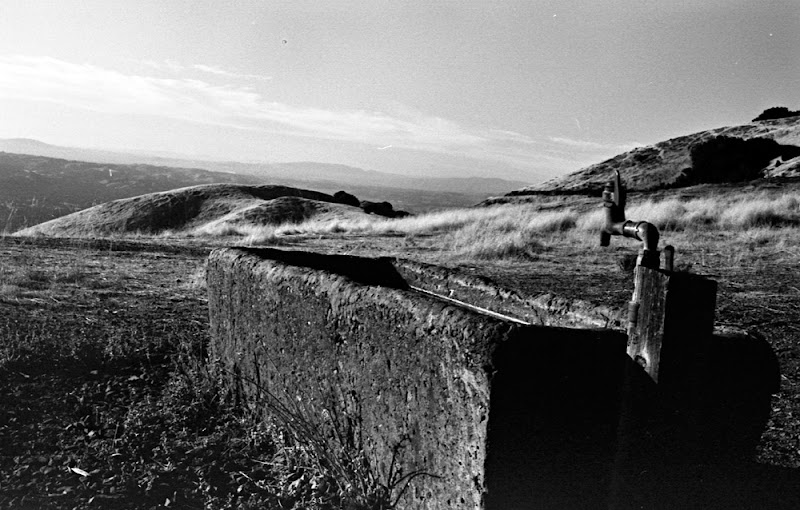
Yeah, you see it now and you can't un-see it and the photos probably ruined for you, too. That's a blurry corner because someone happened to be running past me as I took a photo, and I didn't realize it.That corner and the two images around it were unforgivably motion-blurred. It was as though The Thing were running behind me. I cropped out as much as I could, but as you can see, three bad photos ruined a collage made from twenty-five otherwise fine images.
Had I been using a tripod -- same result. This was avoidable only had I been paying attention to my surroundings and noticed that the bridge was shaking too much.














































